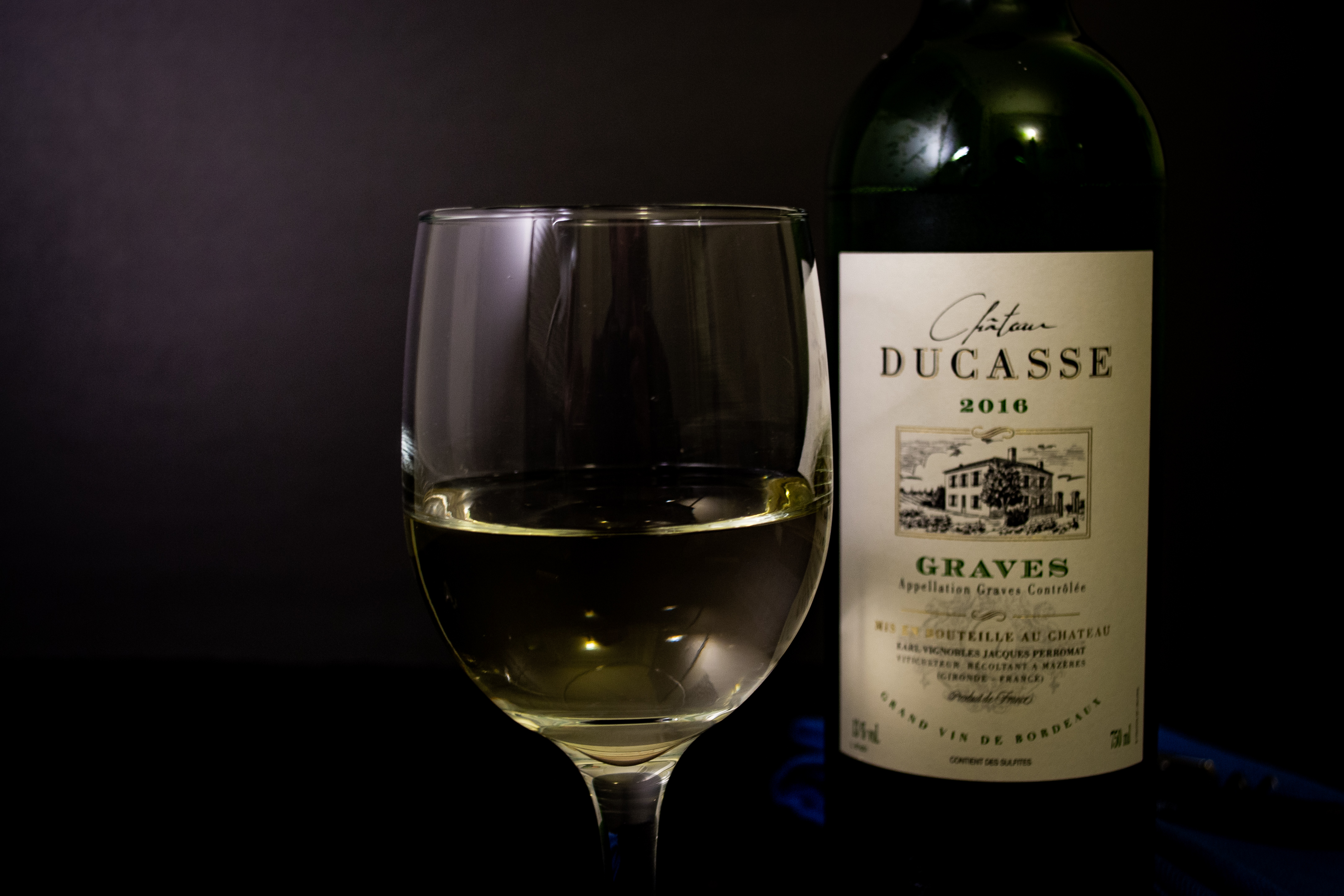Alsace is one of my favorite wine regions and has been since I first got into wine. In fact, Alsace may be one of the reasons I developed such a strong interest in wine. It’s one of the first things I look for when I walk into any shop and, frequently, it’s what I’m walking out with. That’s kind of what happened here. I was Augusta Food and Wine in Lincoln Square, purchasing a Croatian wine, when this bottle caught my eye. It’s unusual for me to pick up more than one bottle at a time, but when it comes to certain regions, I’m always trying to experience and learn more. Plus, it looked like a fun label to photograph.

If you do any amount of reading about Alsace you will quickly be confronted with the word “Edzelwicker,” which translates to “Noble Blend.” Despite the lofty sounding definition, it’s an informal term used to describe any blended white wine from that region. Although this wine is not labeled as such, it was tagged as this by Augusta on the shelf. Actually, the note commented that this style of blend is what is commonly referred to as “Edzelwicker.” Other than crémant, I really haven’t had many blends from Alsace, so I was intrigued and wanted to learn more.
Harmony is a blend of Silvaner, Pinot Blanc, Muscat, and Riesling. The producer’s website is, unfortunately, antiquated and, although it works as intended most of the time, it was unable to load the page devoted to this particular wine, instead giving me a loading screen of dubious integrity. After five minutes of, ” Page en cours de préparation,” I knew the page was never truly going to be prepared and moved on.
The importer’s website does list this label alongside one of the shortest blurbs I’ve ever seen. Seriously, my tasting note in Vivino was longer than their write-up. It’s also worth noting that the information I’ve gathered is for the 2014 vintage, they have no notes for this current blend, leaving me to assume the information is the same. However, from previous experience, blends like this tend to vary from year to year depending on the harvest.

From what I can gather, this is a more casual drinking wine from G. Metz. Food friendly, with a good amount of acid, lemon, and stone fruit flavors. Harmony seems to be perfect name for this wine, because it is superbly balanced. There was an interesting note in the aroma, a smell I thought was best described as “oily,” which sounds unpleasant, but wasn’t. While I didn’t find the wine to be terribly complex, it would be a great choice for a casual wine to have with dinner or share with friends.
I started this blog because I wanted to learn more about wine, bottles like this can be frustrating with so little information available online. Even the small amount of information I was able to find seems outdated and potentially inaccurate. In these moments it’s easy to let this frustration get the better of you, but that’s when you have to remember what the wine is for, close the laptop, and just enjoy the glass.








